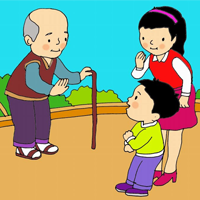These stories of killer bees in the news in recent years have attracted a lot of attention as the bees have made their way from South America. Killer bees are reputed to be extremely aggressive in nature, although experts that their aggression may have been somewhat inflated.
The killer bee is a combination of the very mild European strain of honeybee and the considerably more aggressive African bee, which was created when the African strain was imported into Brazil in 1955. The African bees were brought into Brazil because their aggression was considered an advantage: they were far more productive than their European counterparts in that they spent a higher percentage of their time working and continued working longer in inclement weather than did the European bees.
These killer bees have been known to attack humans and animals, and some fatalities have occurred. Experts point out, however, that the mixed breed known as the killer bee is actually not at all as aggressive as the pure African bee. They also point out that the attacks have a chemical cause. A killer bee stings only when it has been disturbed; it is not aggressive by nature. However, after a disturbed bee stings and flies away; it leaves its stinger embedded in the victim. In the vicera attached to the embedded stinger is the chemical isoamyl acetate, which has an odor that attracts other bees. As other bees approach the victim of the original sting, the victim tends to panic, thus disturbing other bees and causing them to sting. The new stings create more of the chemical isoamylacetate which attracts more bees and increases the panic level of the victim. Killer bees tend to travel in large clusters or swarms and thus respond in large numbers to the production of isoamyl acetate.







